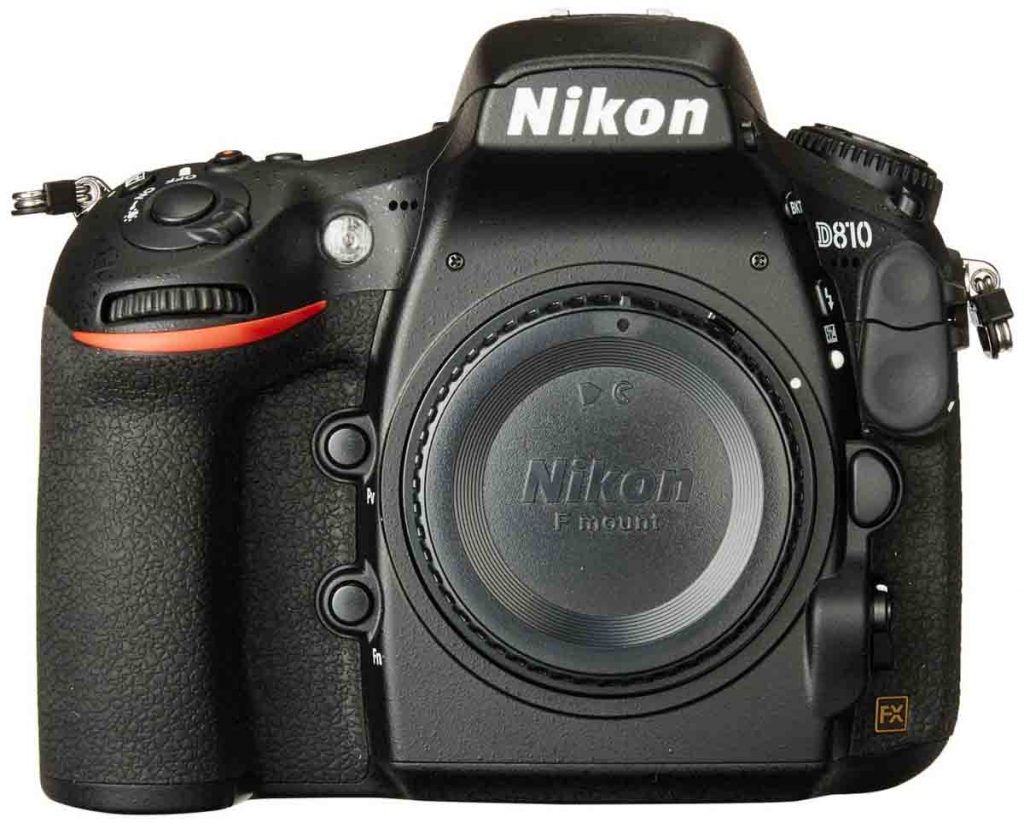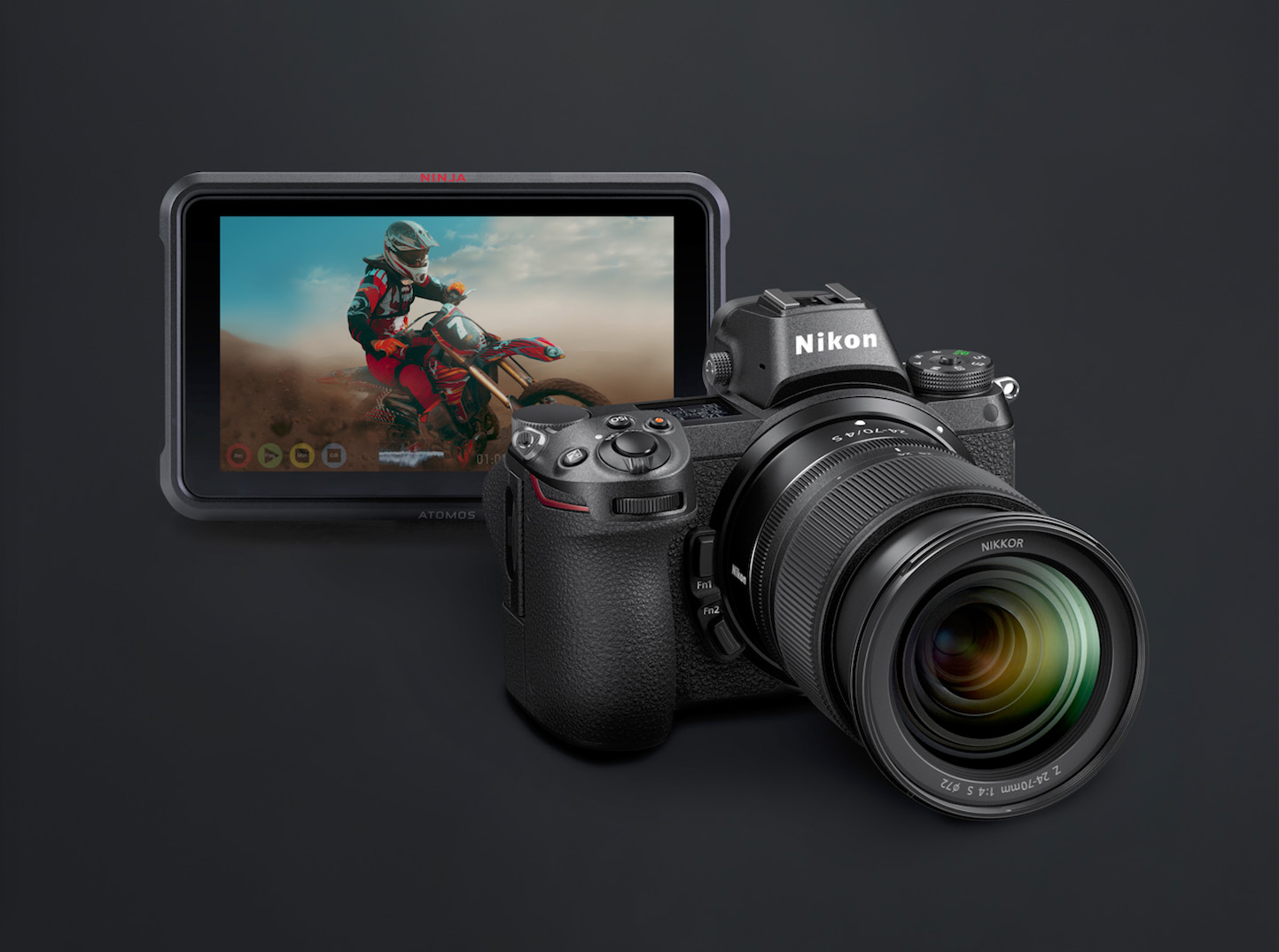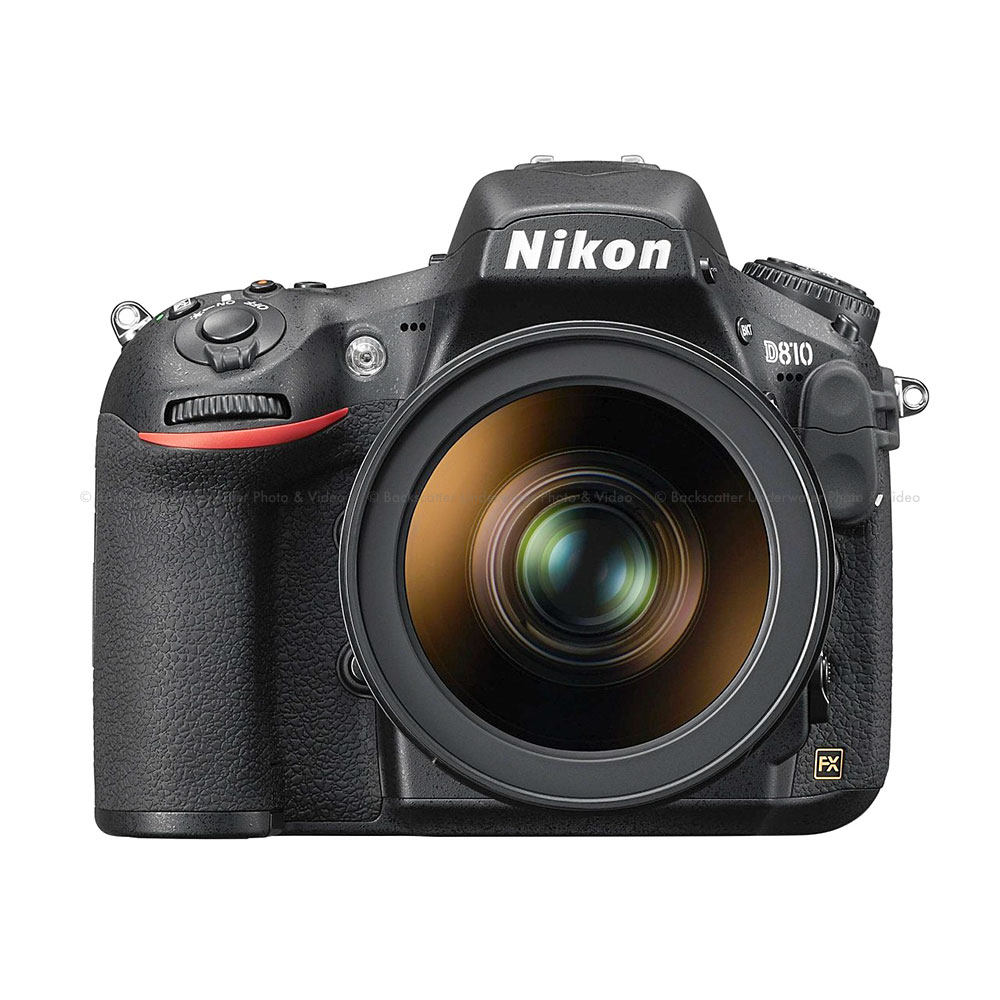

- #Nikon d810s vs canon full frame dslr manual
- #Nikon d810s vs canon full frame dslr iso
- #Nikon d810s vs canon full frame dslr series
Furthermore, its battery lasts longer (1550 shots).
#Nikon d810s vs canon full frame dslr iso
It offers a 24 MP image resolution, 60p video recording resolution, and an ISO range of 100 to 25,600. Nikon steals this department with the D3500, as it outranks its Canon competitors in almost every area. Plus, it has a Dual Pixel autofocus system while still being affordable.īesides the great variety, it is also important to consider how well these camera bodies perform. The 250D can shoot 24 MP images and record 4K videos. The 4000D, 2000D, and the recently released 250D are great examples of what beginner photographers are looking for. When it comes to entry-level DSLRs, Canon has a greater palette. In this section, we collect cameras from Canon and Nikon for different photography levels and purposes.

Nikon vs Canon-Which Is the Better DSLR For You? Think hard about your preferences before investing. After all, getting rid of your equipment is not easy after spending so much on it. When most photographers choose their brand, they often do not switch. Many consider Canon DSLRs easier to handle, while Nikon takes the lead with mirrorless. One of the most crucial factors in the Canon vs Nikon debate is usability. Smaller sensors also create better “magnification.” If you are a sports photographer, you can quickly turn a 100mm telephoto lens into a 150mm with a Nikon and a 160mm with a Canon body. But since crop sensors are already small, even 0.1 helps your images with a resolution boost. The 0.1 crop factor difference between Nikon and Canon may seem insignificant. For Canon, the crop factor is 1.6x.Ī larger sensor often means better resolution. The crop factor of Nikon crop sensor cameras is 1.5x. This number differs between the two camera brands. The term crop factor describes the magnification any particular lens produces when you use it on a crop sensor camera.
#Nikon d810s vs canon full frame dslr series
This puts them in competition with Sony, leading the market with the Alpha series for years.Īs with every camera brand, there are crop and full frame versions of Canon and Nikon. But they are lighter and smaller.īoth brands recently started producing lenses meant to go on mirrorless bodies. When it comes to the mirrorless department, Nikon produces fewer lenses.
#Nikon d810s vs canon full frame dslr manual
However, Nikon has its own vintage and manual lenses compatible with their DSLRs. There are more third-party vintage lenses available for Canon, which you can attach to the camera body with adapters.

Their L-Series’ quality and autofocus are noticeable. If you prefer modern lenses with the latest technology, then consider Canon. The newest Nikon and Canon lenses perform equally well. That means you get to use older lenses with most camera bodies. In contrast, Canon has always put autofocus motors in the lenses, not the bodies. This means you can’t use autofocus from older Nikon AF-S lenses if you have an entry-level DSLR. Nikon removed the autofocus motor from their entry-level DSLRs to keep their cameras smaller. It is also worth noting that even non-AF-S lenses still work on Nikon DSLRs. Meanwhile, only Nikon AF-S lenses have autofocus. With Canon, all the EOS lenses have autofocus. The main difference between the two brands is the autofocus. That means you have a long list of photography equipment that would still work on your modern digital camera. Meanwhile, Nikon’s F-mount lenses began in 1959. One of the biggest reasons why Canon and Nikon are the most popular brands is their compatibility.Ĭanon’s EF range goes back to 1987. The following sections will discuss the areas where the two brands differ. Each has also started producing mirrorless cameras in recent years, slowly threatening to put Sony in second place.īoth Canon and Nikon have their strongholds in different target niches. Now, beginner photographers often choose between either Nikon or Canon cameras. There were plenty of excellent cameras, and they all offered something different.īut a lot has changed since we entered the age of digital photography. In the golden age of film photography, the Nikon vs Canon debate was much less prominent. So it’s natural that the most significant discussion is around them. Canon and Nikon are the two most popular and widespread DSLR brands. The debate comes from those photographers wholly devoted to one or the other.


 0 kommentar(er)
0 kommentar(er)
